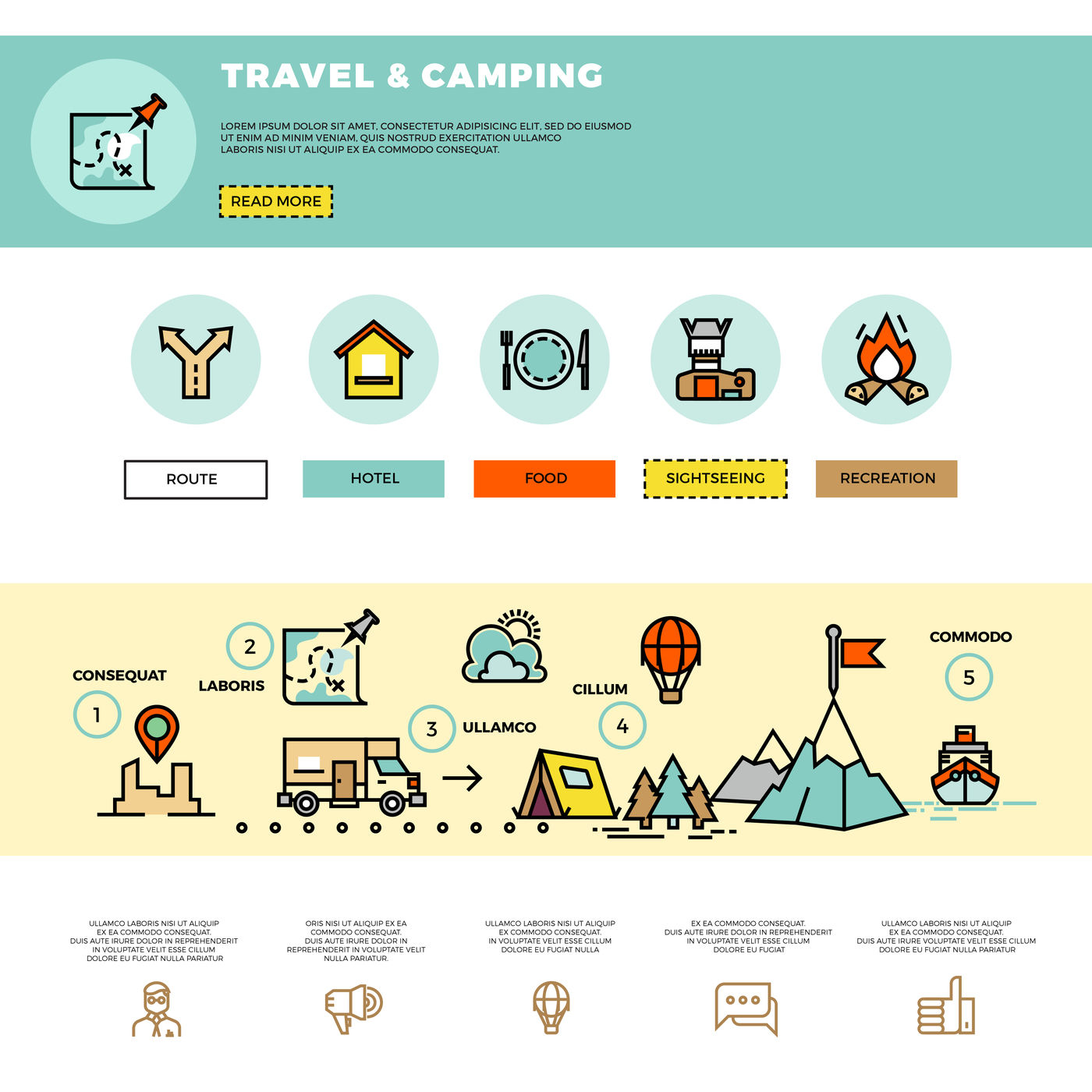While both deal toughness in various atmospheres, it is very important to figure out which kind of insulation will certainly finest serve your demands. The insulation you pick effects warmth, weight, water resistance, compressibility and cost.
Down is gathered from waterfowl, generally ducks or geese. It is treasured for its lightness, very easy compression and insulating properties. Nevertheless, down ends up being less efficient when wet.
Warmth-to-Weight
A high warmth-to-weight proportion is preferred in outdoor clothing and equipment. The shielding residential properties of down feathers make them an excellent choice for this function, as they are very warm and lightweight.
Nonetheless, down loses its shielding capacities when it gets wet, meaning it requires to be coupled with a water resistant shell. In addition, some individuals are allergic to down, making artificial coats a much better option for them.
Synthetic insulations are generally made from recycled polyester and designed to resemble down's protecting residential or commercial properties. They are not as lightweight as down, yet they do not lose their insulating capacities when they splash and dry faster than down. They are additionally extra economical than down. However, their life-span is shorter than down, causing higher maintenance and replacement expenses.
Water Resistance
The insulation you pick for your work jacket will make a huge distinction in just how comfy you feel outdoors. Nevertheless, the kind of insulation you pick additionally has significant ramifications for your sustainability objectives.
Down is a superb insulator for a number of reasons. It's lightweight, compressible, and uses an excellent warmth-to-weight proportion. Nevertheless, it doesn't prosper when it splashes. Down clumps up and sheds its loft when wet, which can considerably minimize its capacity to catch heat.
Artificial insulation products, such as Thinsulate and Primaloft, stand up far better versus damp problems. They typically have a tight weave or chemical covering that keeps water from permeating the material. This enables the insulation to continue to be breathable, even if damp. It deserves keeping in mind that synthetics can additionally be awkward when damp, yet they preserve their insulating residential or commercial properties.
Compressibility
While goose down does have a remarkable warmth-to-weight proportion, artificial insulation does in a similar way. Nonetheless, unlike down which soaks up and sheds its shielding capacities when damp, artificial insulation does not. Because of this, it can maintain its loft space and trap warm air in wet conditions.
Typically manufactured from polyester sheets or clusters that mimic down, the most common artificial insulation brand names consist of PrimaLoft, FullRange, Thermoball and Patagonia's PlumaFill. While it still can not match down's loftiness and warmth-to-weight, artificial jackets are light-weight, quick to dry and cheaper than down. This makes synthetic jackets perfect for wet environments, or if you're prone to sweating greatly. Artificial coats are likewise less delicate than down and can lose. This durability extends to their face fabrics which are usually thicker and more sturdy than down.
Longevity
A significant consideration in sustainability is a material's longevity and durability. All-natural products like cork, ThermaCork broadened cork and Havelock wool last longer than artificial alternatives like fiberglass and plastic. They also require much less maintenance and can withstand harsh ecological problems.
However, natural insulation does not do as well when damp as artificial options. Wool and fleece glob together when wet, jeopardizing their capability to catch warmth. Synthetic insulation, on the other hand, does not absorb dampness and continues to insulate also when soaked.
This makes synthetic insulation perfect for wet climates and arduous tasks where you could sweat greatly. It's also less complicated to wash and dries faster than down. This included sturdiness and reliability make artificial insulation a general victor in this classification. This translates to sturdy protected work boots that last lengthy and maintain you heat through requiring atmospheres.
Sustainability
Natural products provide biodegradability and a smaller sized environmental footprint, while artificial options brag resilience and cutting-edge applications that support power effectiveness. Nevertheless, satchel it's important to comprehend the true ecological impact of these insulation products from cradle-to-grave.
For example, if an all-natural insulation material needs to travel a cross country from its source to the structure site, transportation-related discharges increase its general carbon footprint. Selecting locally sourced and reused products lowers that effect. And, going with GREENGUARD and Cradle to Cradle certifications makes certain that insulation is free of unpredictable organic substances (VOCs) and sustains accountable sourcing and labor problems.
Sheep's woollen and cork are renewable insulation sources that are harvested without damaging the tree or plant. Both have the included advantage of being naturally immune to mold and mildew, insects and dampness.
